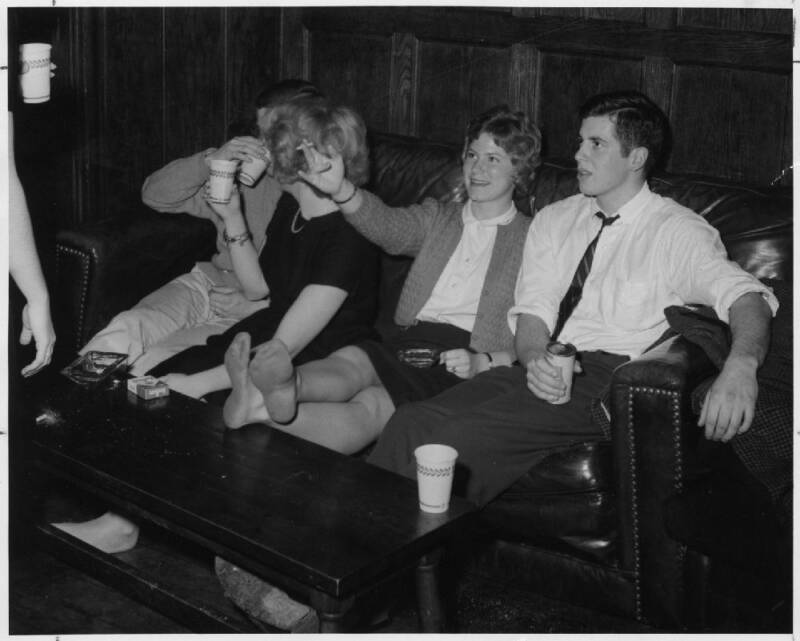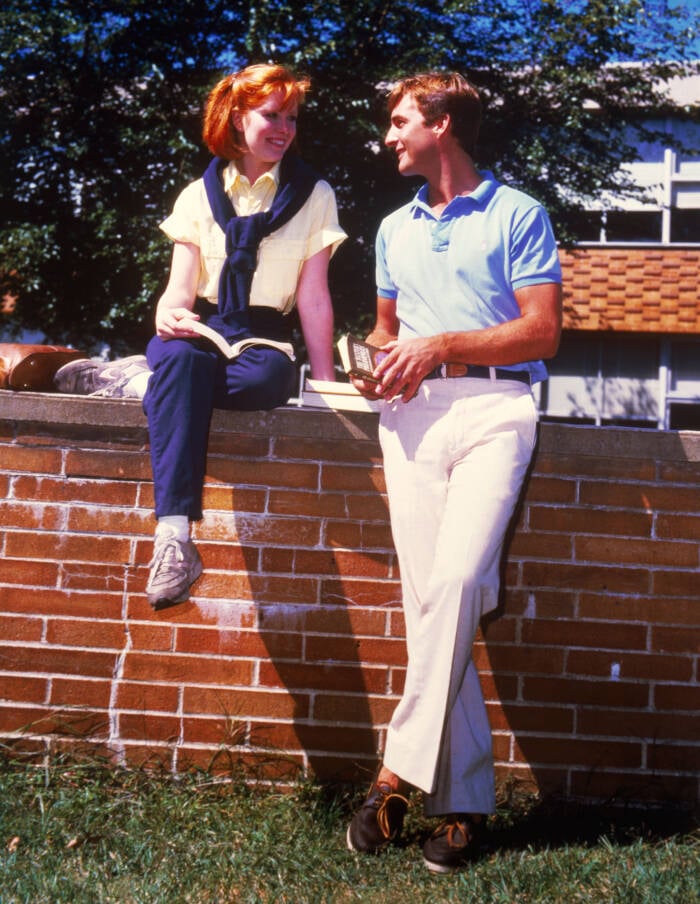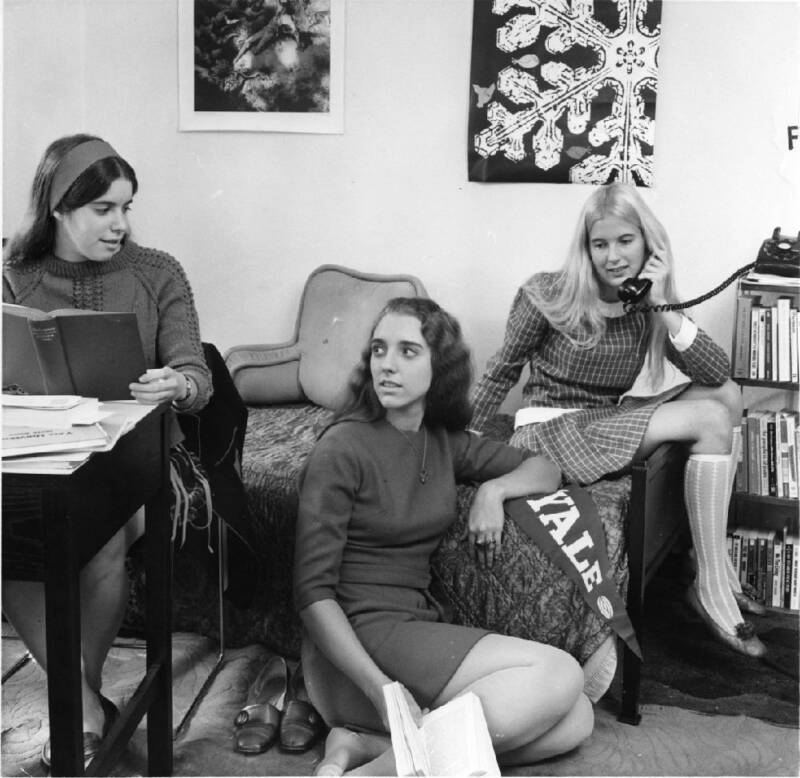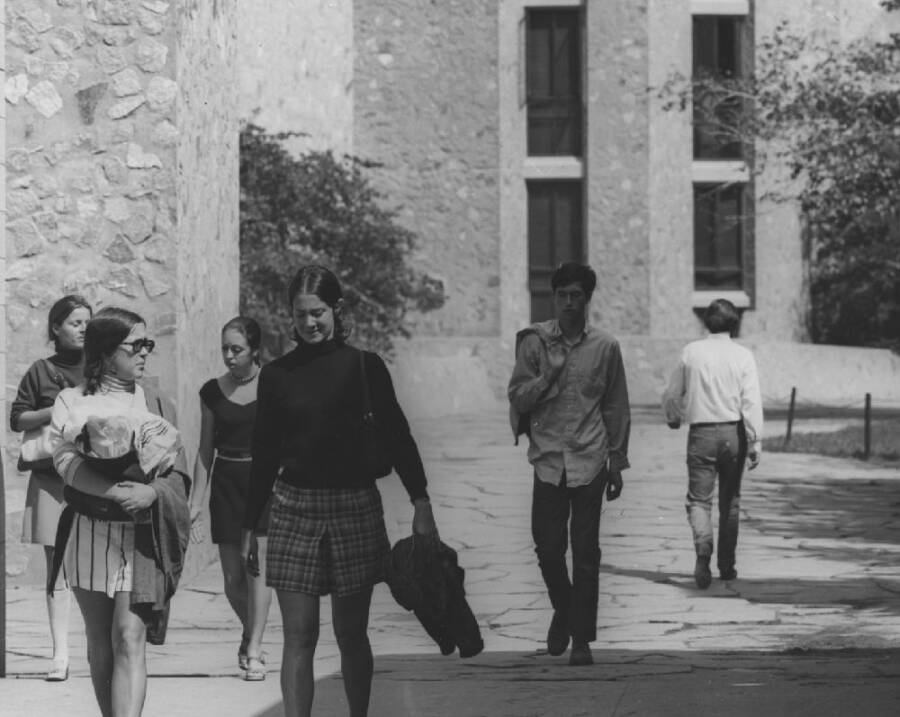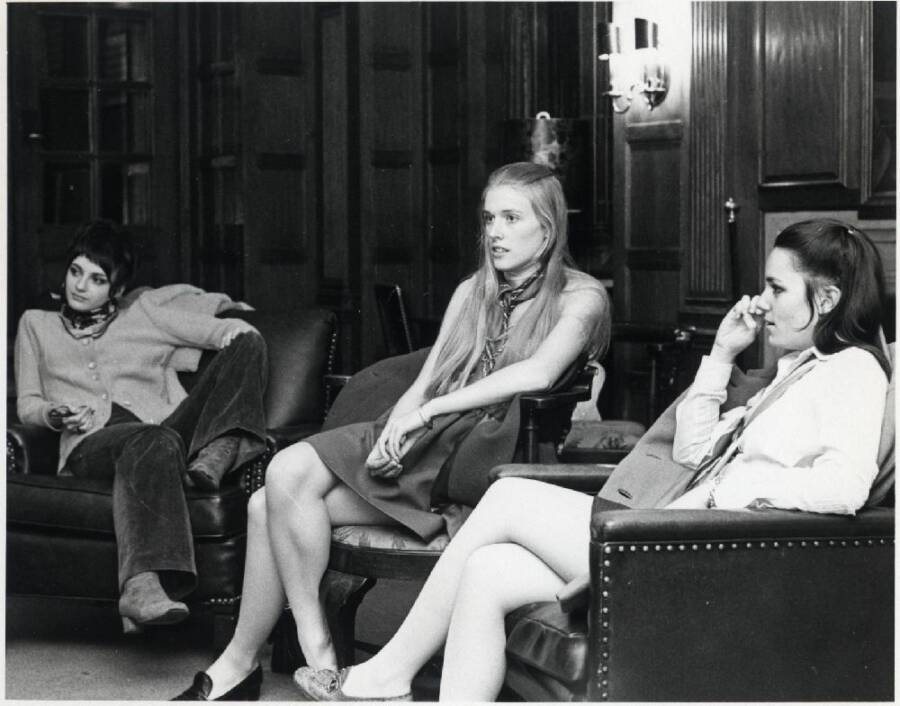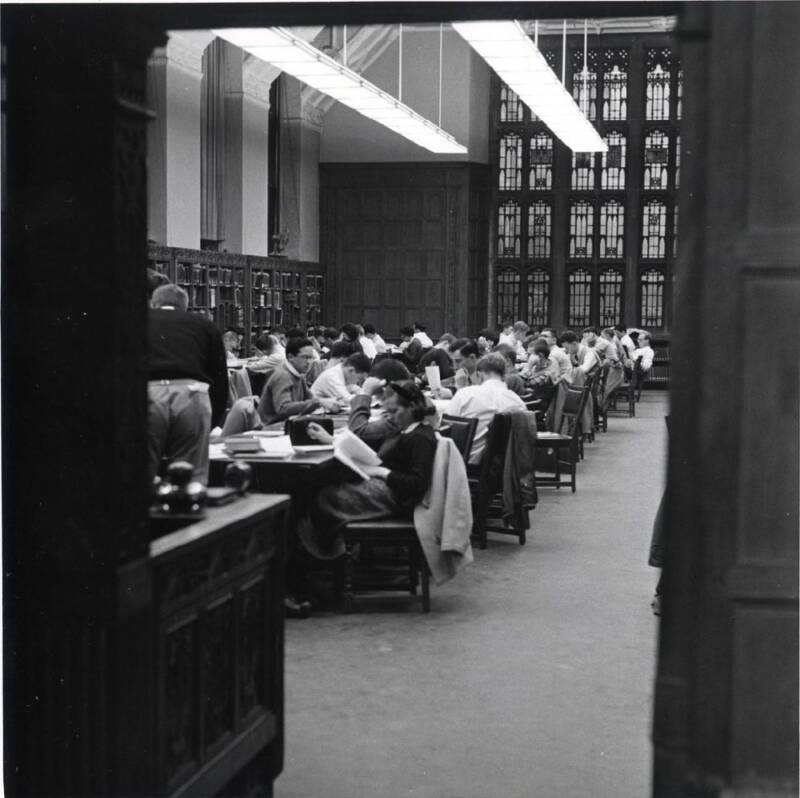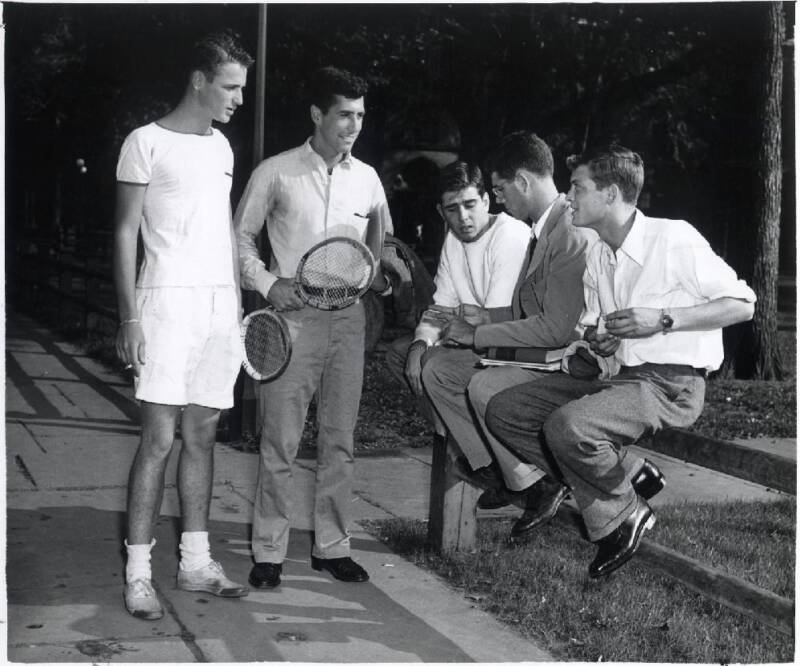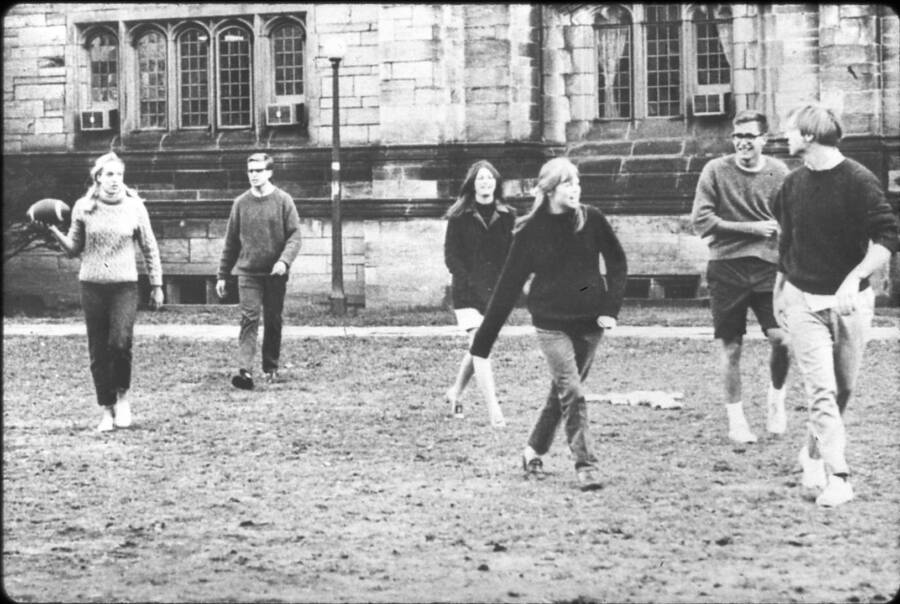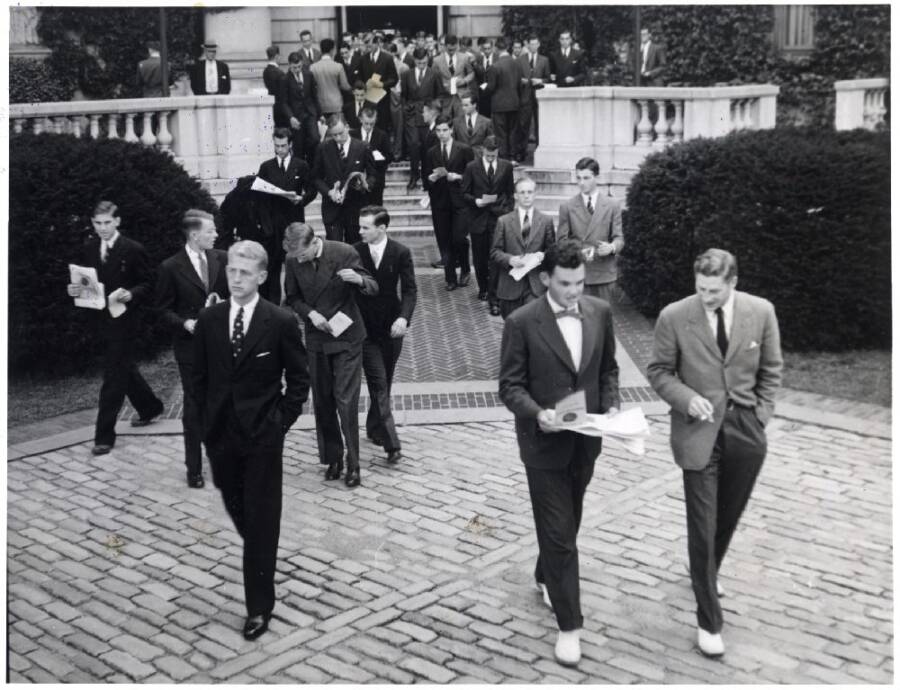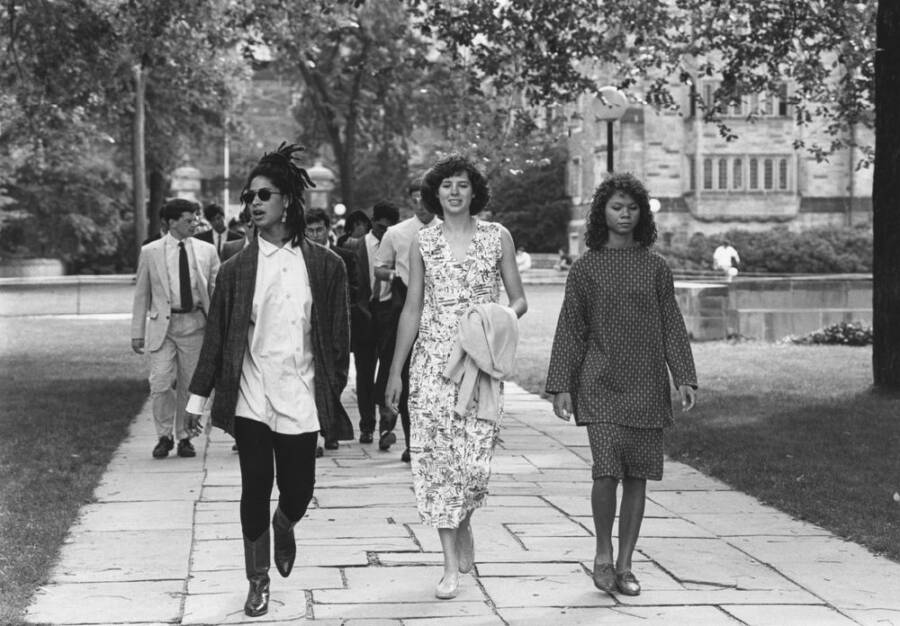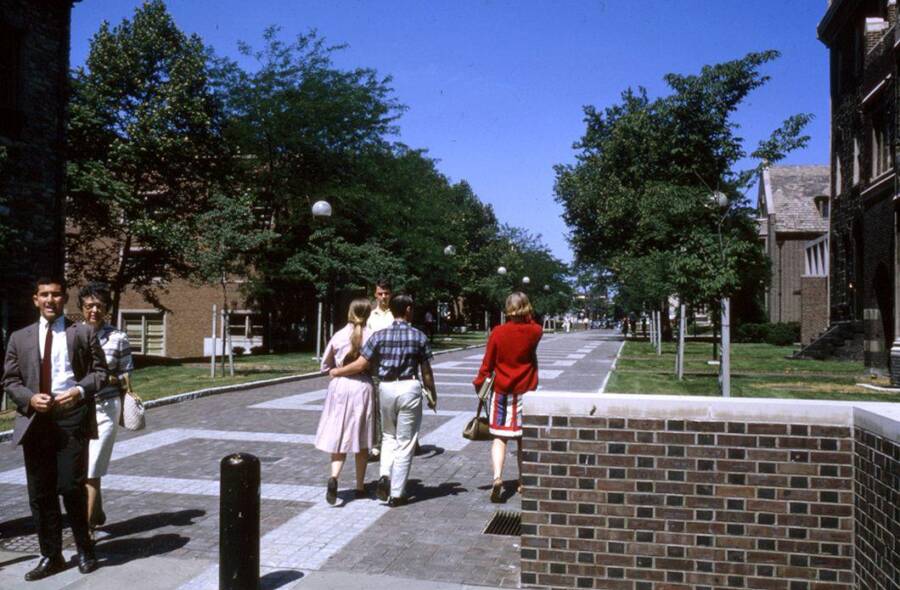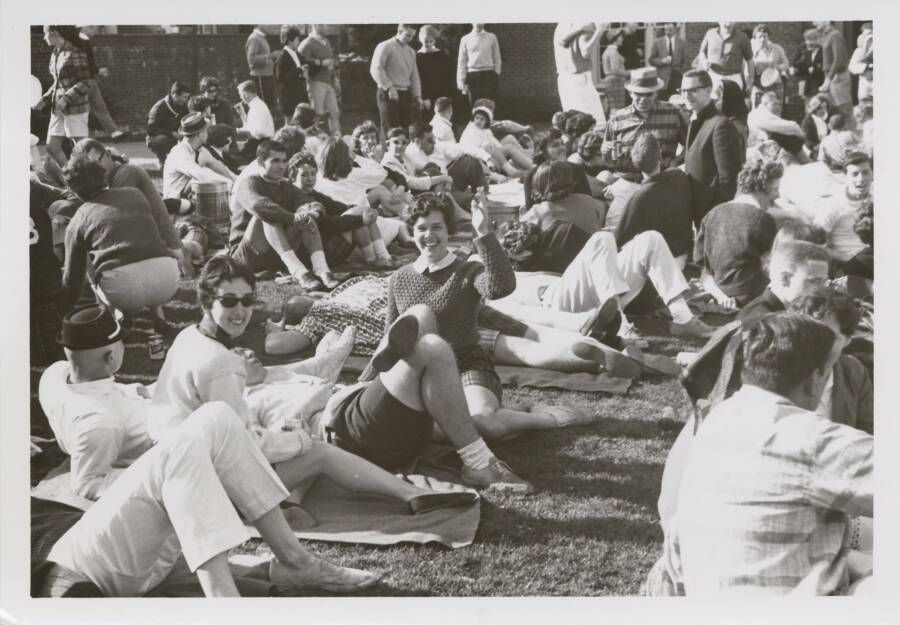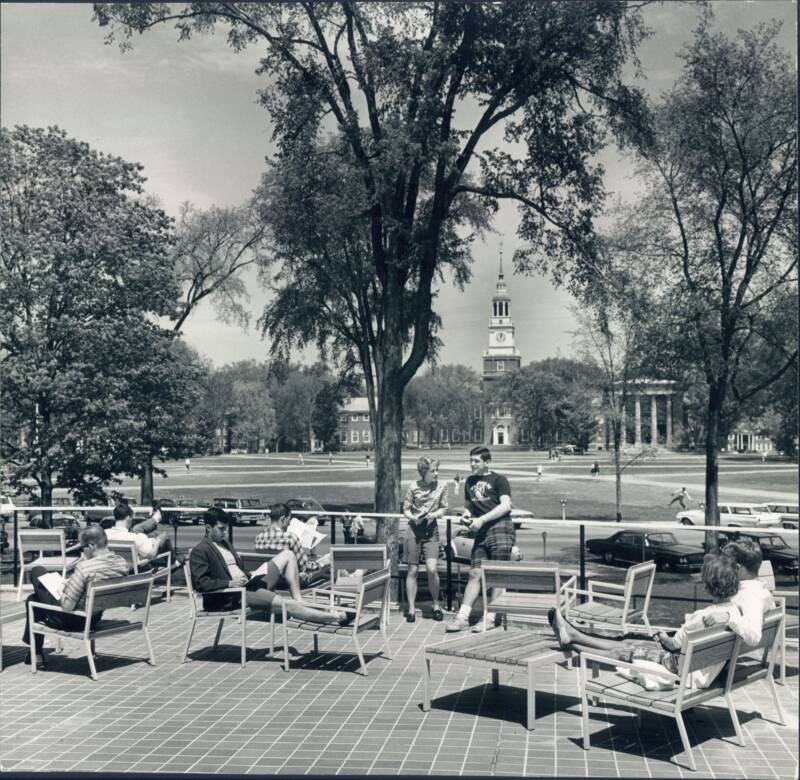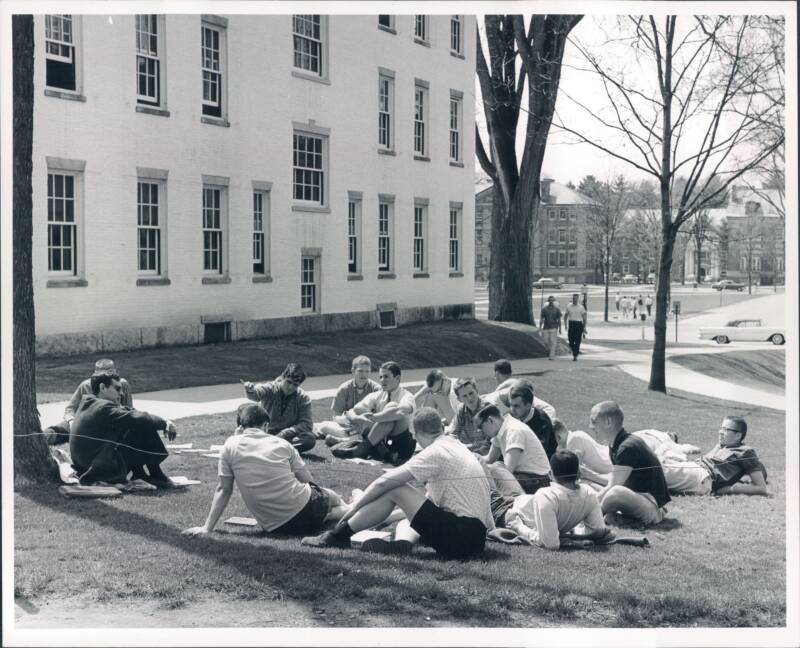From expensive tweed jackets to neatly pressed button-down shirts, these vintage photos show the lasting power of preppy fashion.
Throughout the mid-to-late-20th century, a popular fashion and lifestyle movement was on the rise. Characterized by upper-class living, “preppy” culture emerged from the long-held traditions and values of elite Northeastern preparatory schools and Ivy League universities. While the roots of this subculture date back to the late 19th century, it saw a major evolution and expansion in the post-World War II economic boom.
This economic boom expanded the middle class in America and encouraged more people to aspire to the educational opportunities and lifestyles that had long only been associated with the elites. Ivy League universities became symbols of success and social mobility, and the G.I. Bill, which provided financial assistance for veterans to attend college, gave more “average” folks the opportunity to attend elite, renowned institutions.
Fashion played a key role in defining and expressing the preppy identity, with Oxford cloth button-down shirts, chinos, loafers, and tweed jackets becoming synonymous with the style. But the preppy lifestyle wasn’t just about freshly-pressed fashion. It was also reflected in certain leisure activities like tennis, golf, sailing, and lacrosse — all of which promoted physical fitness and provided ample opportunities for social networking.
Although preppy culture hasn’t gone away entirely, it began to reach a peak in the 1980s. Though it has fallen out of fashion somewhat at certain points in time, perhaps in part due to commercialization and also due to periods of financial crisis, there is something timeless and nostalgic at the same time about the days of preppy culture, as the pictures below capture.
How The Post-World War II Boom Led To An Explosion Of Preppy Culture
Following the end of World War II, the American economy saw a massive boom. This, along with the G.I. Bill, created new opportunities for many Americans. One benefit was that more Americans could pursue a college education. As more people were attending colleges, including Ivy League schools, and making more money, the middle class began to adopt the styles of upper-class elites, finally able to afford some of the same luxuries.
As InStyle noted, preppy style didn't begin as a deliberate copying of the wealthy. In truth, it began with the wealthy, back in the 1890s and early 1900s. The wealthy were able to afford nicer clothing from the likes of Brooks Brothers, and that style inevitably became linked to the upper class.
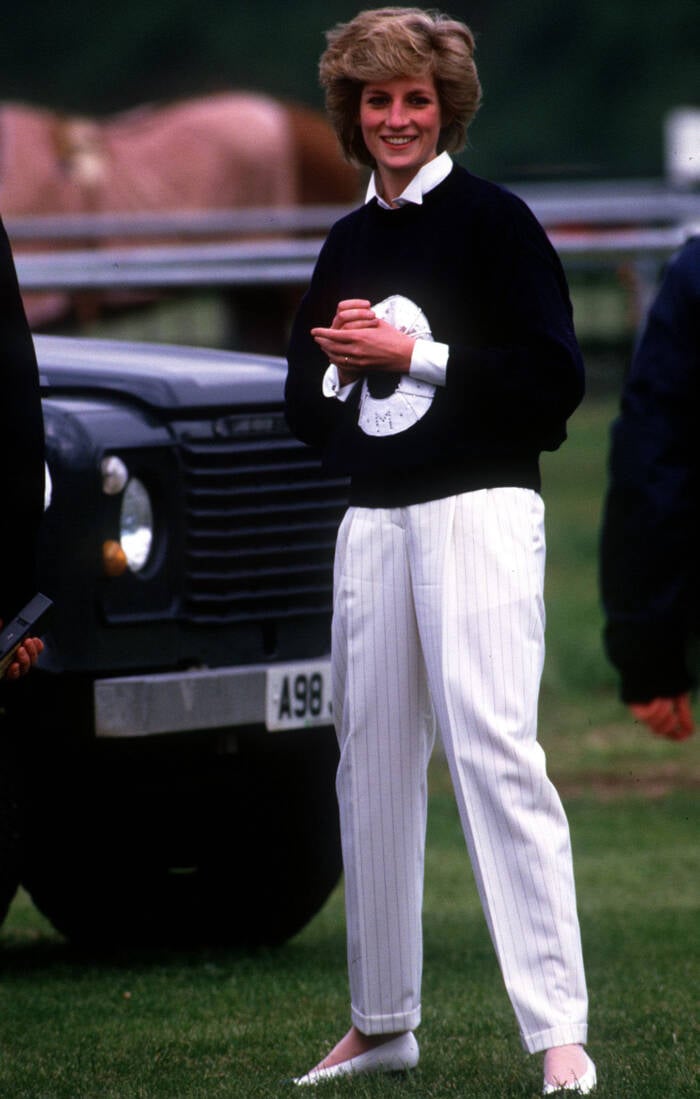
Trinity Mirror/Mirrorpix/Alamy Stock PhotoIn the mid-1980s, Princess Diana's casual attire became closely linked to preppy style, like her outfit in this picture.
But by the 1950s, thanks to a booming economy, this style of clothing was much more accessible to middle-class people across America.
Those who attended preparatory schools and Ivy League universities especially embraced the style, as if it were a status symbol that placed them on the same level as the "elites" they were now attending classes with. And from there, new variations on the style began to emerge.
The Evolution Of Preppy Culture Throughout The 20th Century
What started as a widespread trend of wearing Oxford shirts and chinos eventually evolved into a sort of lifestyle. Being preppy wasn't just about how you dressed — it was also about how you acted. Preppy people gravitated toward sports and leisure activities like tennis, golf, and sailing, and elements of those athletic uniforms worked their way back into preppy style.
Then, in the 1980s, a book called The Official Preppy Handbook was published, and although it was originally intended as a lighthearted joke, it became a bestseller. By this point, preppy was no longer truly a symbol of status. Clothes that were once made for and tailored to the upper class were suddenly being produced en masse, at much more affordable prices. Now, more people than ever before could dress in the preppy style.
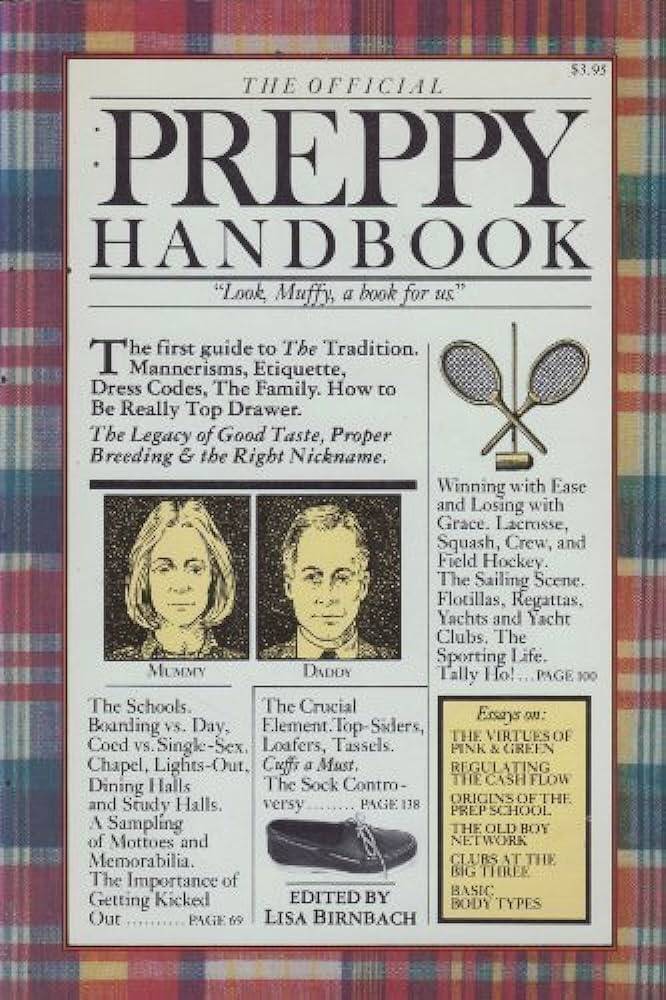
Workman PublishingThe Official Preppy Handbook was meant to be a humorous book, but some readers took it seriously.
Sure, there were still some upper-class elites who sneered at the "common folk" who began dressing like them, and certain activities — like sailing, for example — were still largely reserved for the wealthy. But from the standpoint of fashion, it was easier than ever to be preppy.
The style remained popular in the 1990s as well, with films like Clueless leaning into preppy fashion. At the same time, however, other styles like grunge and punk had also cemented a strong cultural foothold, and preppy style eventually faded into the background somewhat. Of course, preppy fashion still exists today, but it is no longer seen as some unachievable status symbol. And in the end, that's probably for the best.
After looking through these preppy pictures, check out 44 vintage photos of goth style. Then, see 44 photos from the height of American mall culture.
